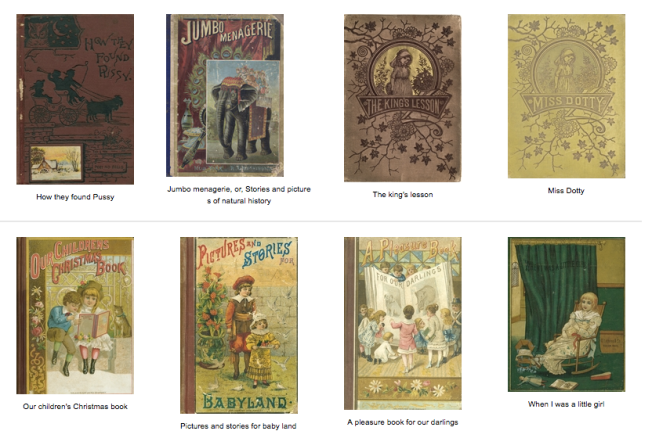How do authors get their ideas? This is a hot topic of debate by readers and authors on what is the best or easiest way to get an idea. Pictures, songs, taking a walk, or just living life is a place to start. Another area is memories. If you are a children’s author, your childhood memories are a starting point for many ideas. Least of all, your own backyard might be a good place to start if you’re having trouble writing.
What do you remember as a kid? What did you day dream? What was a dream? That usually is the yellow brick road, remembering. Take for example one of my childhood memories. It became a large part of my book “The Lost Secret of Fairies”. It seems to be a favorite of my readers as well. Maybe that is because I was a kid when I thought of it. It’s my crystal cave.
As a kid, I had trouble sleeping. So I would daydream to help me fall asleep. One of the day dreams, besides secret powers, was to explore the underground crystal cave I imagined under my bedroom. It connected underneath the house to the orchard behind. The orchard was the favorite playground of the neighborhood children.
Real childhood adventures included roaming in the orchard. I use these memories to write as well. Connected to one side of the orchard was a creek. Many a summer day passed by trying to catch tadpoles and guppies. Later, we’d take our catch to be used in a home built backyard pond. Of course, we found if we used the right trash bag lining, it wouldn’t leak, too much.

So, all these memories clamor to be in a story from time to time. Whether they are made-up daydreams or real adventures from childhood, many of these memories make it into my stories.
Today, the orchard is a hospital, and the house I grew up in, sold. But I was able to return home for a moment, to the hospital now upon my orchard of childhood. My niece was born there today, to my sister whom I shared many adventures with in the orchard. The walls of the hospital are decorated with cherry trees that still live in my memories. The adventures continue in my mind. Though the scenes might be a different from book to book, the main starting point, the orchard, lives on.
Where do authors get their ideas? Living. Being a kid. If you are a kid right now, or are a kid at heart, your adventure is living. Call it research. The ideas will come to you. Keep doing that research, and go find an adventure.
 Sometimes I do run into some cool information while doing research on-line. When I find something cool, I like to pass on the information.
Sometimes I do run into some cool information while doing research on-line. When I find something cool, I like to pass on the information. Description: Got writer’s block on a project? Bring your project for a walk around Asilomar along the beach and dunes. Brainstorm with other writers, and take some time in nature to write and release new ideas.
Description: Got writer’s block on a project? Bring your project for a walk around Asilomar along the beach and dunes. Brainstorm with other writers, and take some time in nature to write and release new ideas.